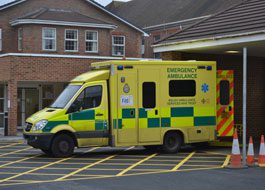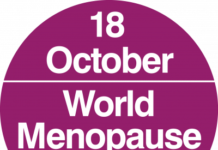More than 72% of people with life-threatening illnesses and injuries received an emergency response from the Welsh Ambulance Service within eight minutes in December 2015, new figures published today show.
The statistics for December 2015 – the third month of a year-long pilot to test changes to the way the Welsh Ambulance Service responds to emergency calls – show 72.4% of red calls were responded to within eight minutes, with nearly half receiving a response within just five minutes.
The expectation is that at least 65% of responses to the most life-threatening emergencies – known as red calls – should arrive within eight minutes.
The new figures show:
Despite demand rising by an average of 2.3% per day when compared to November, the average response time for red calls was just five minutes and 13 seconds;
More than 80% of red calls received a response in 10 minutes;
A total of 38,777 calls were received – an average of 1,251 per day.
The new clinical response model is complemented by the publication of detailed suite of information about the ambulance service, including treatment delivered at the scene, which moves away from a single time-based target introduced more than 40 years ago. The new system measures how successful ambulance clinicians are in ensuring they have the most positive impact on clinical outcomes and people’s quality of life.
While red calls are subject to a traditional eight-minute response target, there is no time-based target for amber calls. Instead, a range of new information – ambulance quality indicators – which provides context about how ambulance services are delivered, including new clinical indicators, is being published every quarter.
The first full set of data measuring the clinical care, operational efficiency and timeliness of response provided by the Welsh Ambulance Service between October and December 2015 has been published today, and is available at http://www.wales.nhs.uk/easc/ambulance-quality-indicators
Deputy Health Minister, Vaughan Gething said:
“I’m encouraged to see that such a high proportion of patients with an immediate need for a response from the Welsh Ambulance Service are receiving clinical support when they most need it.
“This high level of performance was achieved during December – one of the most challenging months for our NHS – and the first time the ambulance service has achieved the eight-minute target during this month. The new clinical response model is helping to ensure people get the right care, in the right place, at the right time.
“The ambulance quality indicators – published today for the first time – tell the story of how our ambulance services are delivered to patients in more detail than almost any service anywhere in the world. They also provide additional assurance that patients who have a serious condition, but is not immediately life threatening, are receiving quick responses.
“It is encouraging to note the continuous improvement in responsiveness to other patients, with the average response for the new amber group was 11 minutes and four seconds in December.
“I expect the ambulance service to improve its performance in the Powys and Hywel Dda health board areas to ensure people who need the life-saving skills of ambulance clinicians do so in the quickest time possible and get the best possible outcomes.”
Help keep news FREE for our readers
Supporting your local community newspaper/online news outlet is crucial now more than ever. If you believe in independent journalism, then consider making a valuable contribution by making a one-time or monthly donation. We operate in rural areas where providing unbiased news can be challenging. Read More About Supporting The West Wales Chronicle























